Gone From the Wild: Animals We Can Only See in Captivity Now
Second Chance at Survival: Animals Saved from Extinction (in Captivity)
Reading time: 1 minute, Discovery Chepe Id-301-ECO
Published on 07-25-2021
| Updated on 01-06-2023
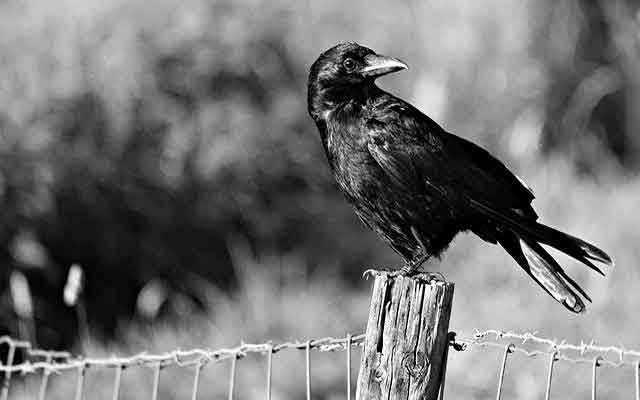
Several attempts to rescue this bird, but still the results have not been totally favorable. Othe species in this situation: The California condor, the Galapagos giant tortoise, the blue macaw in South America and the Arabian oryx.
In this list we will mention only a few, but there are several species in this condition really, on the verge of extinction. The vast majority by the hand of man.
1- Hawaiian Raven.- No specimens existing in the wild and native to the island of Hawaii. The reason for their extinction is not well understood yet, it is believed they died from diseases introduced by other types of animals such as avian malaria or smallpox. Conservation programs are still under development and some attempts have been made to reintroduce it to the wild, without any success due to its natural predators such as hawks and eagles.
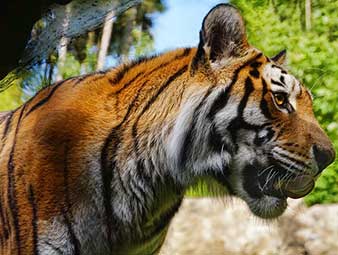
Animals that live only in captivity, what's the situation?
2- South China Tiger.- The smallest and most vulnerable of the tiger subspecies, now extinct in nature and with few specimens in captivity, in zoos and conservations centers. He lived in dense forests in southern China, but after the arrival of ranchers he was attacked. This animal has been listed by the International Union for Conservation by Nature (IUCN) for more than 25 years, and Chinese government institutions are making an effort to recover the population of these tigers and reintegrate them into the wild while maintaining their original genetic material.
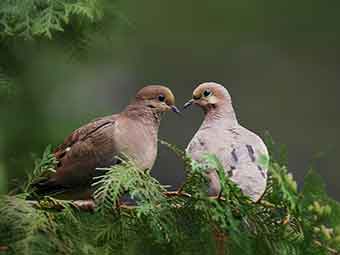
3- The Dove of Socorro Island.- Socorro Island is located in west of the Mexican coast and hence the name of this pigeon. With the arrival of humans and domestic animals on the island the friendly behavior of this bird became an easy prey, a very similar case of Duck Duck bird. Conservationists removed some specimens from the island to save it and take it to the United States and Europe. Breeding programs for this bird have been carried out with the purpose of reincorporating it to the island, something that has not been possible yet. Birds in zoos and centers have a high percentage of blood compatibility with the original bird.
4- Seychelles giant tortoise.- Seychelles, a group of islands in the Indian Ocean form which this giant tortoise originates. When the sailors first arrived on these islands, the turtle was sacrificed for human consumption, in addition to new predators such as rats and domestic animals that traveled on the boats, this causing almost the total extinction of the animal. Until todayu, this turtle was rescued and transferred to the Island of Aldabra, the have been reintroduced for more than 40 years with a reproduction of more than 100 thousand specimens. Aldabra Island is the most secluded of the Seychelles archipelago and today it is a site visited by thousands of tourist.
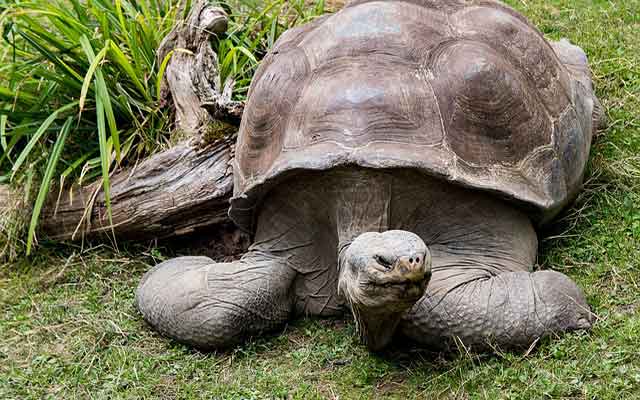
The giant tortoise, a true warrior of nature, can live for more than 200 years. Fortunately the number of specimens on the island of Aldabra has remained stable.
See Also
Discovery Chepe
Most read...
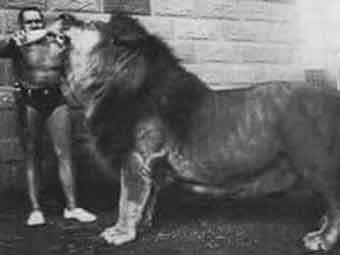
5- Atlas Lion The Atlas Mountains in North Africa were the habitat of this feline. Hunted by European emperors and hunters for their sheer size (larger than modern South Africa lions) in the 18th century. Dark mane and majesty, symbol of prosperity and strength was also used as a pet. There are no precise records of how many Atlas lions live in captivity (zoos and research conservations center), but it is believed that those that exist are no longer pure blood.














